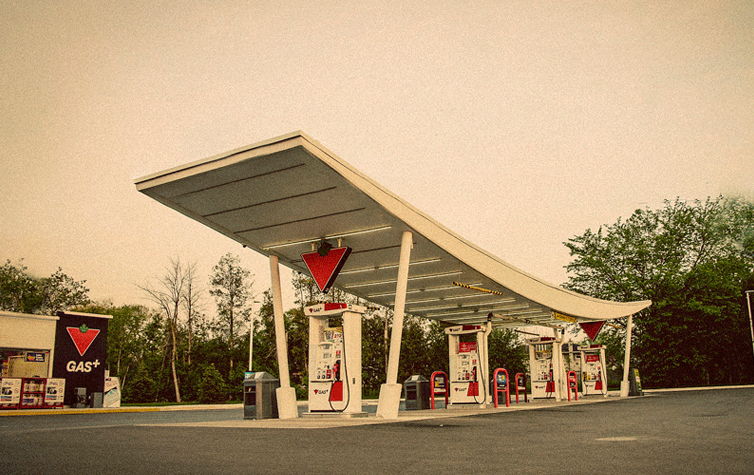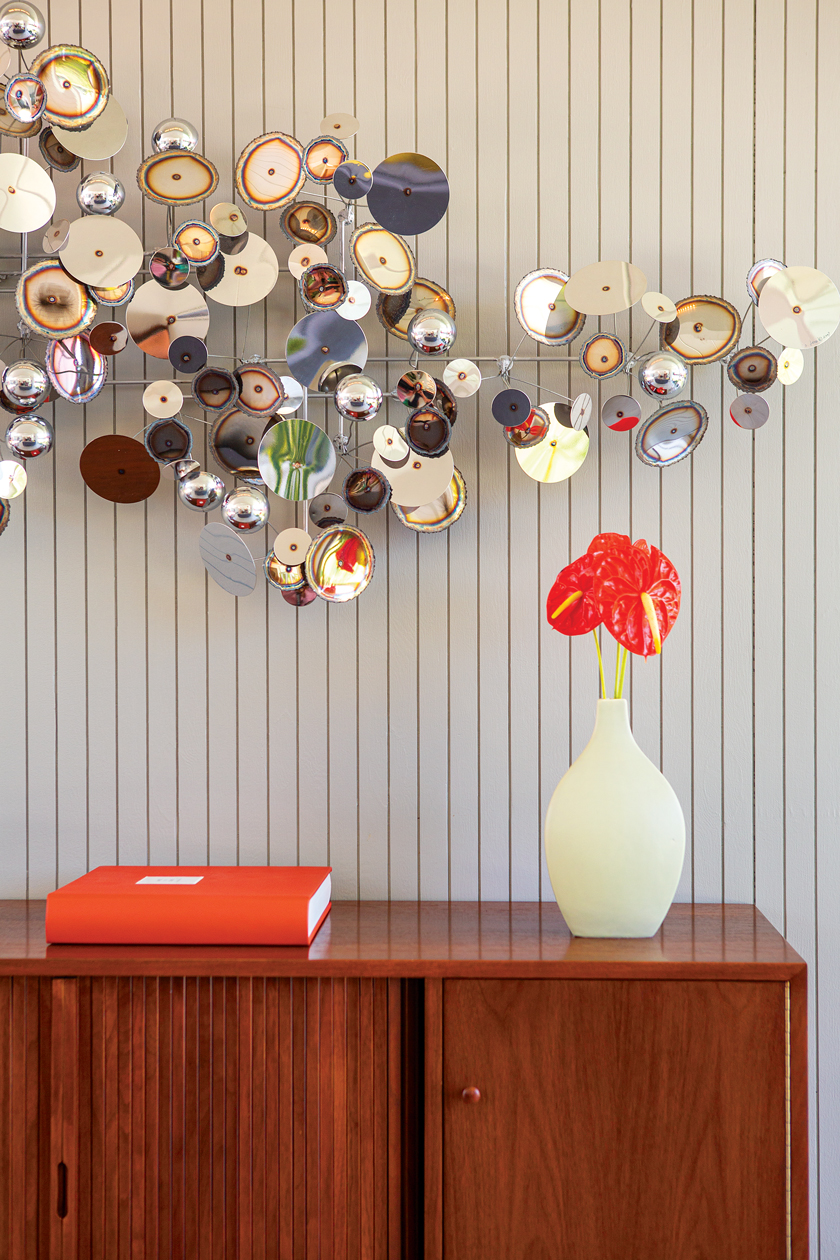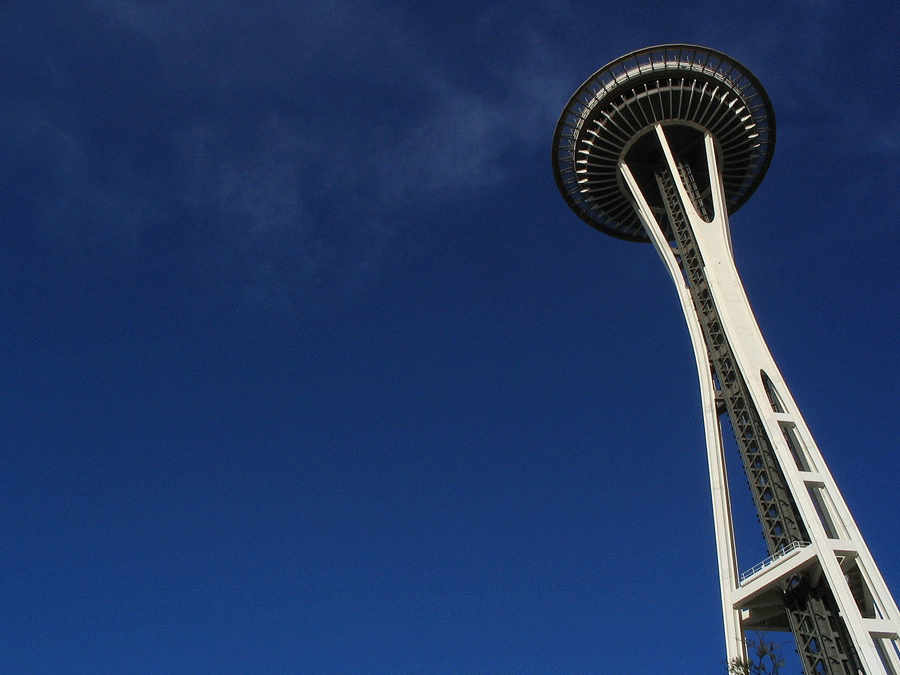
Picture the architecture in The Jetsons. Now picture the Space Needle and retro golden arches. See the resemblance? The midcentury futuristic style with exaggerated geometric shapes and curves known as Googie architecture was part of the landscape for diners, gas stations, coffee shops, hotels and fast food restaurants in the midcentury. Stroll down retro lane for the past’s futuristic vision.
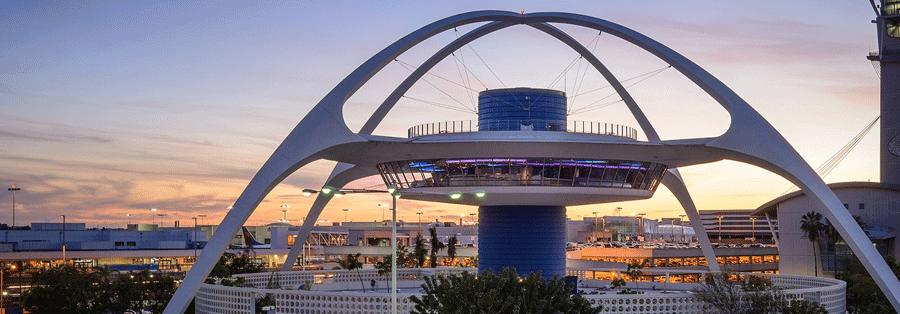
A Postwar Phenomenon
Like it or not, Googie architecture arose out of the postwar landscape with the introduction of freeways. In places like California where there were not pre-established rest stops, part of the impetus for the architecture’s exaggerated profile is the desire to stand out as people in cars zip past on the freeway. The style grew in California and quickly spread to other parts of the US and north of the border as well. The style reflects Space Age enthusiasm in the postwar economic boom. Its experimental style announced a new era optimistic about the future.
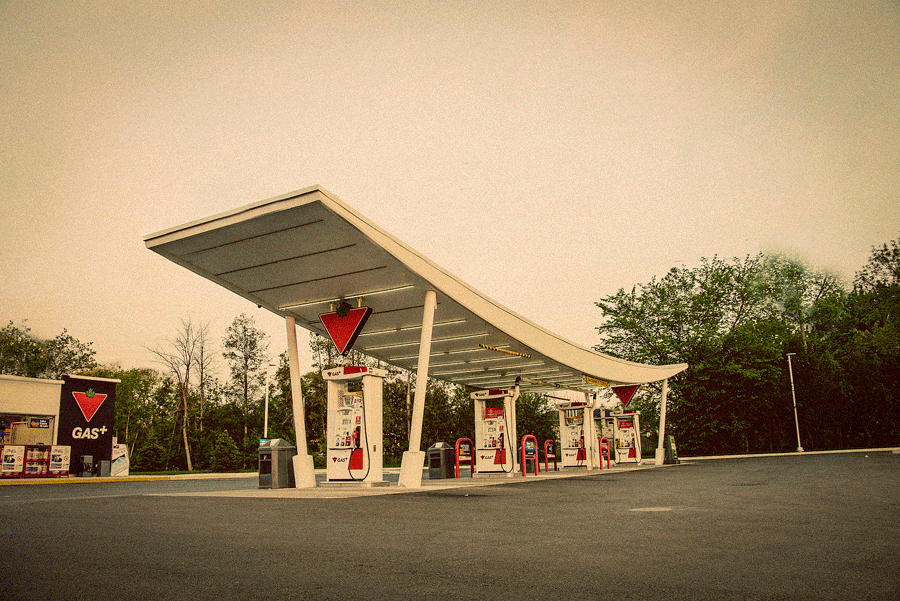
What’s in a Name?
The term “Googie” was actually first applied by a critic of the style, Douglas Haskell, who saw the style as in poor taste. Despite its detractors, the name stuck, and the style exploded thanks to its popular appeal. Gradually the style faded away, but iconic examples of the style still remain as prominent fixtures in public life in many cities while other buildings have long gone or are in danger of being torn down. Whether you find it fun and inventive or cartoonish and hokey, Googie architecture is an unmistakeable feature of the midcentury architectural landscape.

